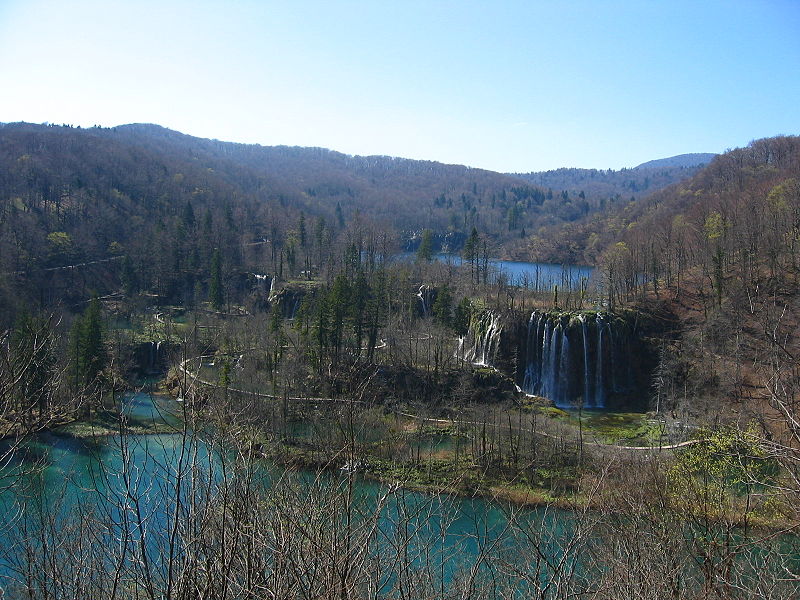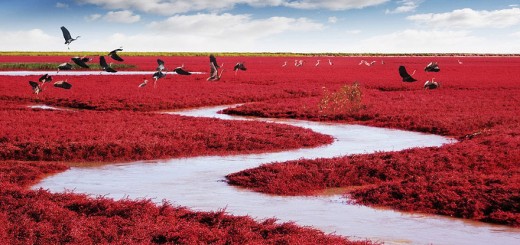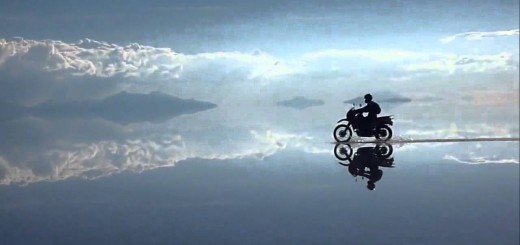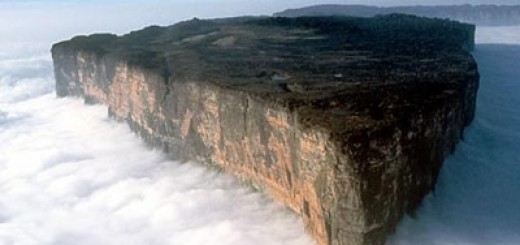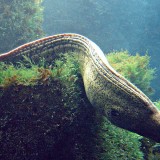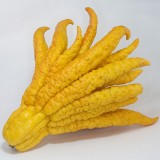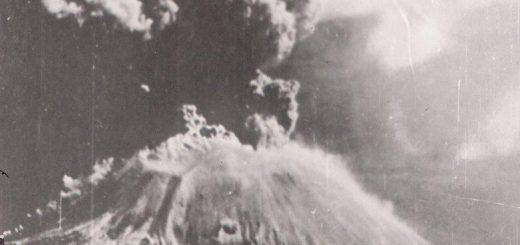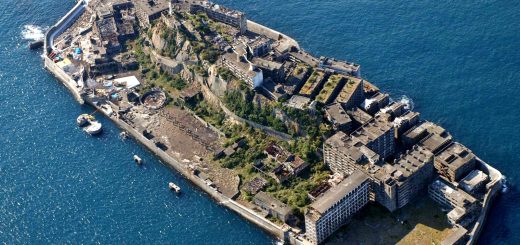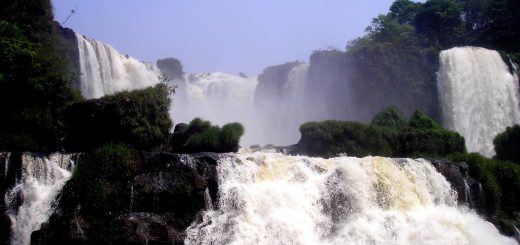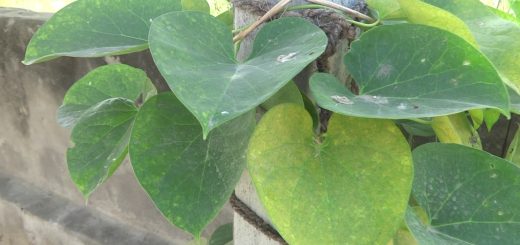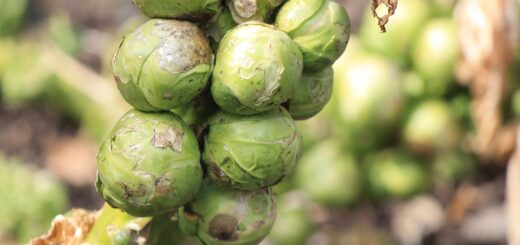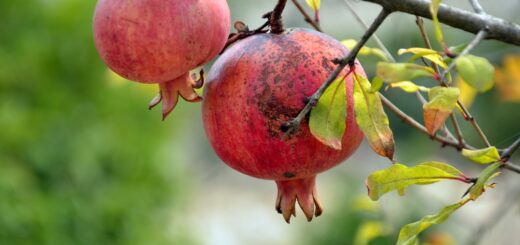Plitvice Lakes National Park
Plitvice Lakes National Park is the oldest national park in Southeast Europe and the largest national park in Croatia. The national park was founded in 1949 and is situated in the mountainous karst area of central Croatia, at the border to Bosnia and Herzegovina. The important north-south road connection, which passes through the national park area, connects the Croatian inland with the Adriatic coastal region.
The protected area extends over 296.85 square kilometres (73,350 acres). About 90 percent of this area are part of Lika-Senj County, while the remaining 10 percent are part of Karlovac County. In 1979, Plitvice Lakes National Park was added to the UNESCO World Heritage register among the first natural sites worldwide. Each year, more than 1,200,000 visitors are recorded. Entrance is subject to variable charges, up to 110 kuna or around $18USD per adult in peak season. Strict regulations apply.
The national park is world famous for its lakes arranged in cascades. Currently, 16 lakes can be seen from the surface. These lakes are a result of the confluence of several small rivers and subterranean karst rivers. The lakes are all interconnected and follow the water flow. They are separated by natural dams of travertine, which is deposited by the action of moss, algae, and bacteria. The particularly sensitive travertine barriers are the result of an interplay between water, air and plants. The encrusted plants and bacteria accumulate on top of each other, forming travertine barriers which grow at the rate of about 1 cm per year.
The sixteen lakes are separated into an upper and lower cluster formed by runoff from the mountains, descending from an altitude of 636 to 503 m (2,087 to 1,650 ft) over a distance of some eight km, aligned in a south-north direction. The lakes collectively cover an area of about two square kilometers, with the water exiting from the lowest lake forming the Korana River.

The lakes are renowned for their distinctive colors, ranging from azure to green, grey or blue. The colors change constantly depending on the quantity of minerals or organisms in the water and the angle of sunlight.

Through different climatic influences and the large difference in elevation within the protected area, a multifaceted flora and fauna has been created. The national park area is home to many endemic species. Those species that prevailed at the lakes before the arrival of man still exist.
The Plitvice Lakes originate in the south of the park area at the confluence of Bijela Rijeka (English White River) and Crna Rijeka (English Black River). These rivers originate south of the municipality of Plitvički Ljeskovac and unite at one of the bridges in this village. From this place onwards to the lakes, the water masses are referred to as Matica (English for root or origin). At the bay of Liman (also called Limun), a part of Prošćansko jezero, another little river flows into the lakes. This river is fed by permanent springs; the water quantity, however, varies. Temporarily, water from other, usually dead creeks reaches Prošćansko jezero from the west.
The river Plitvica reaches the Plitvice lake chain at the northern end via the Large Waterfall. This place is called Sastavci (English confluence or composition). The water masses of the Plitvice Lakes and the river Plitvice form the Korana river.
